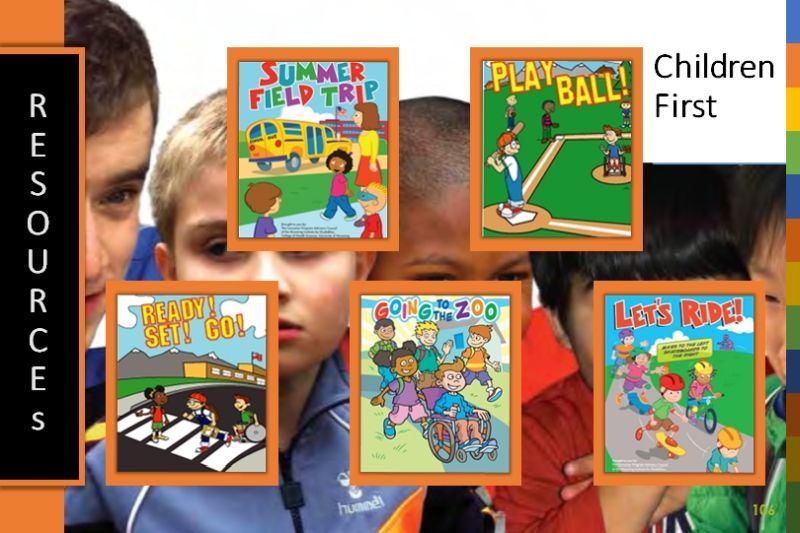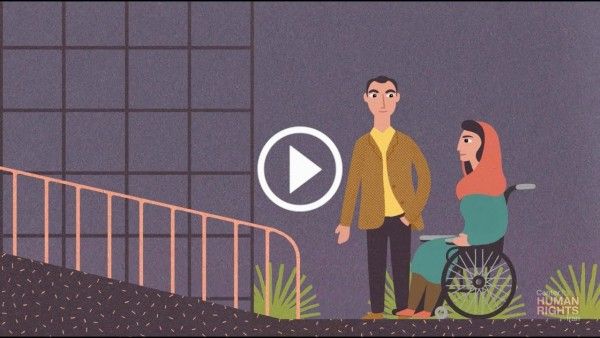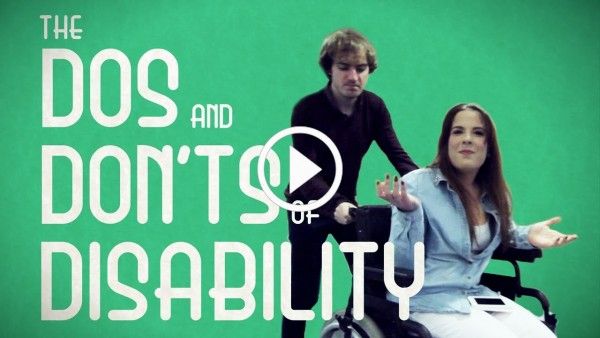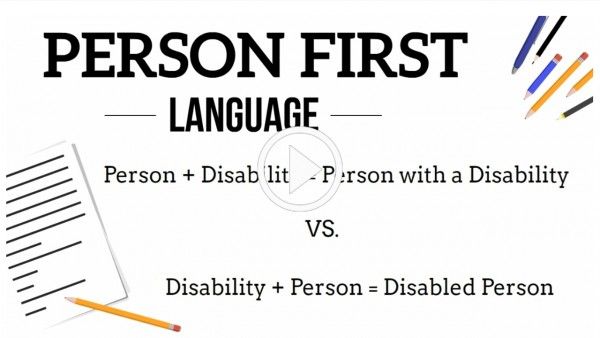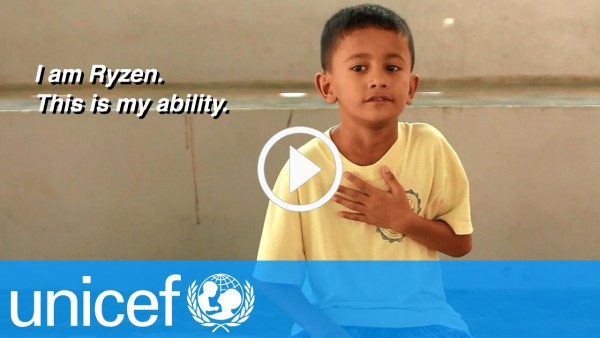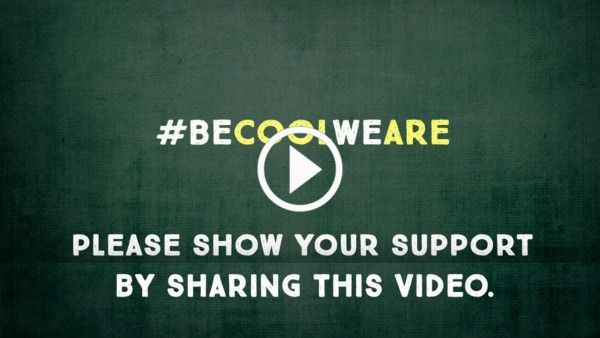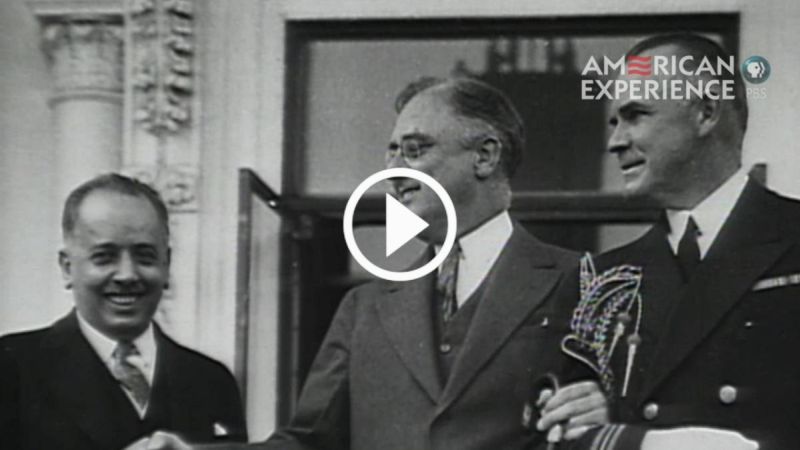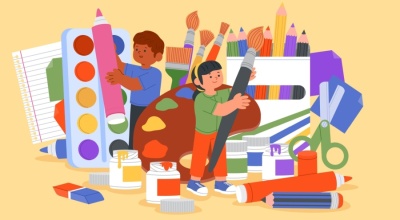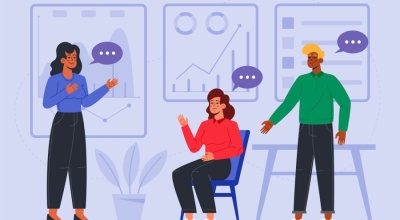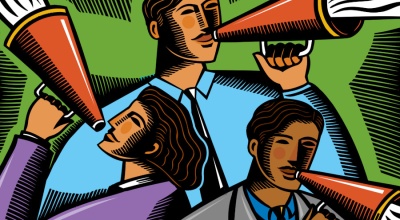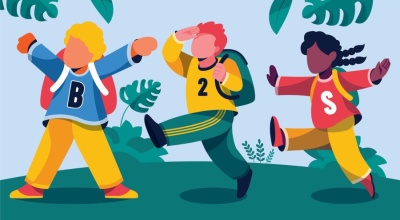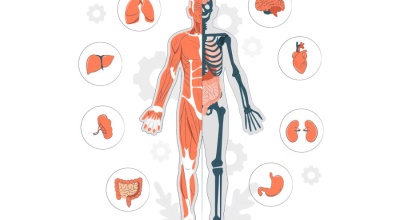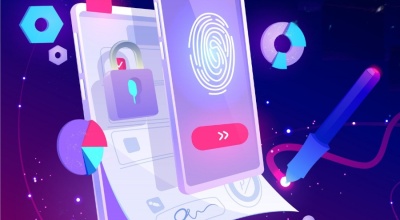Children with special needs are children first. They are members of our families and our community. Acknowledging that each of us has our own strengths and needs will help all of us build a stronger society. Become more active in disability awareness with this educational activity collection free to view, share, and download and include important resources and information to families for children with special needs.
Friends and Siblings
As a parent of a child with a disability, it is very important that you be as informed as possible. The field of special education, with its laws, resources, materials, educational options, etc., can be so vast and complicated that at times it can seem very overwhelming. While there are numerous resources available, it can seem like a full-time job to keep current with the latest and most valuable information as it relates to your child. The following Parent Teacher Conference Handout is a good starting place for disability awareness. Explore these sites to gain a good foundation of what is available.
My Thiero Boys
My Thiero Boys: A Lifestyle Dealing With Autism by Advocate/Filmmaker BADWest Member Vana Thiero In the documentary film, “My Thiero Boys: A Lifestyle Dealing with Autism” a mother of two boys diagnosed with autism exposes the battles, fears and issues families face daily.
 Video: First Deaf and Blind Harvard Law Graduate Says Accessibility Isn’t Charity
Video: First Deaf and Blind Harvard Law Graduate Says Accessibility Isn’t Charity
Haben Girma, a lawyer born deaf and blind, has advocated for accessibility from her hometown of Oakland, California, all the way to the White House. Now, she has written a book about her journey.
Girma was invited to the White House by then-President Barack Obama to celebrate the ADA’s 25th anniversary.
“There’s a lot of discrimination against people with disabilities. And I wanted to help change that,” she said. “Getting a law degree, building up your advocacy skills, is a great way to build up the tools to help other people.”
Download this tool kit with information to help families have a better understanding of what to expect from all of their children when coping with special needs.
Brothers and sisters will be in the lives of family members with special needs longer than anyone else. Brothers and sisters will be there after parents are gone and special education services are a distant memory. If these brothers and sisters are provided with support and information, they can help their siblings live dignified lives from childhood to their senior years.
All children are different the intensity of a child's concerns, needs, and experiences will vary from sibling to sibling, as will a child's reaction to and interpretation of events. The younger the child the more difficult it may be for him or her to understand the situation and to interpret events realistically.
America the Beautiful - National Parks & Federal Recreational Lands Access Pass
A free, lifetime pass, plus a $10 processing fee, available to U.S. citizens or permanent residents of the United States that have been medically determined to have a permanent disability (does not have to be a 100% disability) - that provides admittance to more than 2,000 recreation sites managed by five Federal agencies.
- Free entrance fees at any place that accepts the pass
- Free or discounted amenities at any place that accepts the pass
National Parks, Monuments, Forests, Wildlife Refuge, Fishing Services
- Free admittance with Access Pass for disabled persons and their carpool
- 50% off most amenities
Video: Franklin D. Roosevelt Hiding a Disability
A disability can be challenging for anyone, including people at the highest level of government. Acceptance and support were the key to Roosevelt's success in achieving great rewards in research for future generations.
Franklin D. Roosevelt: National Foundation for Infantile Paralysis
The paralytic illness of Franklin D. Roosevelt (1882-1945) began in 1921 when the future President of the United States was 39 years old. His main symptoms were fever; symmetric, ascending paralysis; facial paralysis; bowel and bladder dysfunction; numbness and hyperesthesia; and a descending pattern of recovery. Roosevelt was left permanently paralyzed from the waist down. He was diagnosed with poliomyelitis at the time, but his symptoms are more consistent with Guillain–Barré syndrome (GBS) – an autoimmune neuropathy which Roosevelt's doctors failed to consider as a diagnostic possibility. In 1926, his belief in the benefits of hydrotherapy led him to find a rehabilitation center at Warm Springs, Georgia. He avoided being seen using his wheelchair in public, but his disability was well known and became a major part of his image. In 1938, he founded the National Foundation for Infantile Paralysis, leading to the development of polio vaccines.
Disability Awareness Videos
Children with disabilities are among the most excluded in society. Highlighting their abilities instead of focusing on their disabilities helps promote not just a positive image for them, but also their inclusion and participation in society so that they can also enjoy their rights as children.
Education is one of the most effective ways to break the cycle of discrimination and poverty that children with disabilities often face.
To ensure that all children enjoy their basic human rights without discrimination, disability inclusion should be mainstreamed in all policies and plans. This applies to education systems, which need to promote inclusion by ensuring the presence, participation and achievement of all children, including children with disabilities.
Estimates suggest that there are at least 93 million children with disabilities in the world, but numbers could be much higher. They are often likely to be among the poorest members of the population. They are less likely to attend school, access medical services, or have their voices heard in society. Their disabilities also place them at a higher risk of physical abuse, and often exclude them from receiving proper nutrition or humanitarian assistance in emergencies.
Job Seekers: Hiring Persons with Disabilities
The Federal Government is actively recruiting and hiring persons with disabilities. A variety of exciting jobs, competitive salaries, excellent benefits, and career advancement.
Hiring people with disabilities into Federal jobs is fast and easy. People with disabilities can be appointed to Federal jobs non-competitively through a process called Schedule A. Learn how to be considered for Federal jobs under the noncompetitive process. People with disabilities may also apply for jobs through the traditional or competitive process.
To find Federal jobs for which you can apply, use USAJOBS
The Workforce Recruitment Program for College Students with Disabilities (WRP) is a recruitment and referral program that connects federal and private sector employers nationwide with highly motivated college students and recent graduates with disabilities who are eager to prove their abilities in the workplace through summer or permanent jobs.
The Pathways Program provides paths for students and recent graduates, including those with disabilities, to internships and careers in the Federal Government.
Veterans | Students and Recent Graduates | Senior Executives
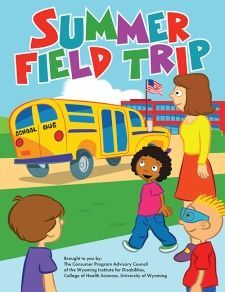
Summer Field Trip teaches us all about seizures with Fred and his friend Cathy, who has epilepsy. On a trip to the mall, Cathy as a seizure after playing arcade games. Fred and their classmates learn what a seizure is and what to do if someone has a seizure. .
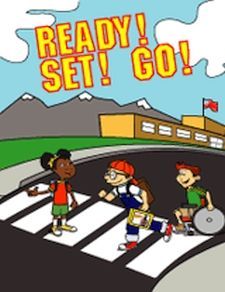
In Ready, Set, Go!, Sam introduces us to Sally, a new girl in class who has a learning disability. Sally explains her dyslexia as mixing up letters and numbers, which causes her problems with reading and math. She works with a classroom aide, Mr. Gonzales. The book closes with Sam, Jack and Sally going swimming.
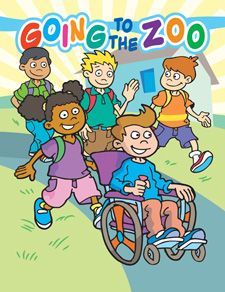
Going to the Zoo introduces Ben who has a hearing impairment, and Joe, his brother who sometimes acts as his interpreter. The class is going to the zoo, and George and Sally are curious about Ben and Joe's use of sign language. The boys explain that they use sign language to talk, and explain what it is. They also teach their friends some sign language.

Going to the Zoo introduces Ben who has a hearing impairment, and Joe, his brother who sometimes acts as his interpreter. The class is going to the zoo, and George and Sally are curious about Ben and Joe's use of sign language. The boys explain that they use sign language to talk, and explain what it is. They also teach their friends some sign language.
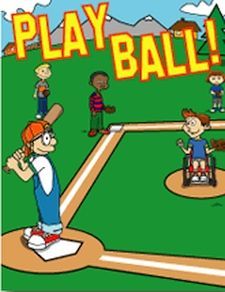
Play Ball! introduces us to Jack and Sam. Jack uses a wheelchair because he can't walk. As the boys get to know each other, they find they share many common interests, including playing baseball. Sam introduces Jack to more of his friends, and they PLAY BALL!

Going to the Zoo introduces Ben who has a hearing impairment, and Joe, his brother who sometimes acts as his interpreter. The class is going to the zoo, and George and Sally are curious about Ben and Joe's use of sign language. The boys explain that they use sign language to talk, and explain what it is. They also teach their friends some sign language.

Let's Ride introduces us to Fred, and some of the effects that traumatic brain injury can have. This book emphasis the importance of wearing helmets and appropriate bicycle safety. It also describes some of the strategies that can be used to address the effects that a traumatic brain injury can have after the outward injuries have healed.
Public Downloads
Consumer Advisory Council (CAC) created coloring books that carry the theme of disability awareness for children. The stories feature a boy named Sam and his various friends as he learns about the differences and similarities between himself and his friends with disabilities. Currently, the series is composed of five books, Downloads are free to view, share in both English and Spanish.
All items are free to view, share, and download.
When available, we provide all our content with a Spanish version in our public download section. You can find additional material from sources listed in all our articles.
Download Disability Awareness Activities for Friends and Siblings
Download Disability Awareness Activity Books and Fact Sheets
Download Disability Awareness Coloring Books
Download Disability Awareness Guides and Resources
Download Emergency Preparedness for People with Special Needs

